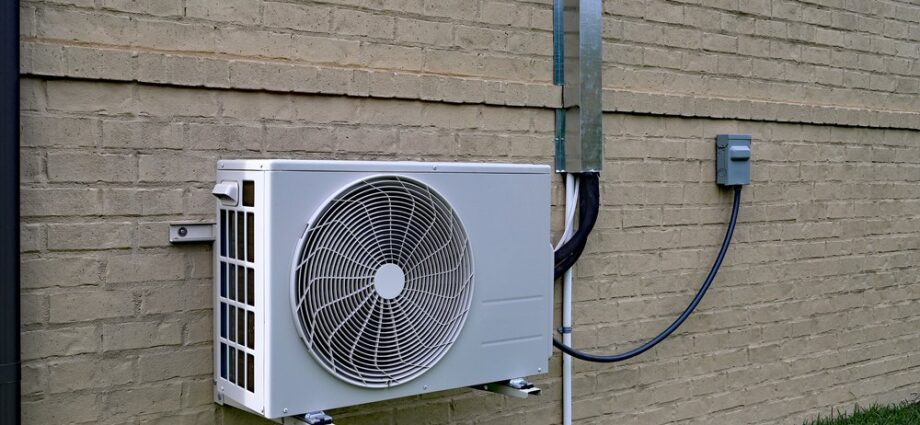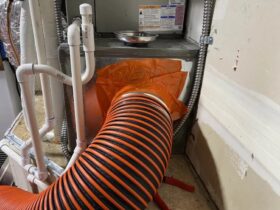When it comes to heating your home, choosing the right system can make a big difference in comfort and energy savings. Two popular options are traditional heating systems, which rely on ductwork, and ductless mini-split systems. Let’s take a look at the pros and cons of each to help you decide which might be the better fit for your needs.
Traditional Heating Systems – Reliable and Familiar
Traditional heating systems, such as furnaces and central air systems, have long been a common choice for homeowners. They work by pushing warm air through a network of ducts, providing consistent temperatures throughout the home.
Pros of Traditional Heating Systems
- These systems can evenly heat all rooms in your home, which is great if you want consistent temperatures everywhere.
- With a long history of use, traditional systems are well-known and reliable, making repairs easier and more predictable.
- Because all the equipment is either outside or hidden within walls and ceilings, there’s no need for wall-mounted units in each room.
Cons of Traditional Heating Systems
- Traditional systems can be less energy-efficient, as they heat the entire home, including rooms you may not be using.
- If your home doesn’t already have ducts, installing them can be expensive and invasive.
- It’s challenging to control temperatures separately in different areas, so it may not be ideal for homes where some rooms are used more often than others.
Ductless Mini-Split Systems – Flexible and Energy-Efficient
Ductless mini-split systems offer a more modern approach, especially for those interested in energy efficiency and customizable comfort. These systems consist of an outdoor unit connected to individual indoor units, each serving a specific room or zone.
Pros of Ductless Mini-Split Systems
- Mini-splits allow you to heat only the rooms you’re using, which can lead to significant energy savings.
- Each indoor unit has its own thermostat, so you can control temperatures separately in each room or zone.
- Perfect for homes without existing ductwork, mini-splits require minimal installation and are less disruptive than adding ducts.
- Ductless systems are known for being quiet, making them ideal for bedrooms, home offices, and other quiet spaces.
Cons of Ductless Mini-Split Systems
- While they can save you money over time, the initial cost of mini-split systems can be high, especially if you need multiple units.
- Indoor units are wall-mounted and visible, which some homeowners find less visually appealing than hidden ductwork.
Which Heating System is Right for You?
If you are looking for whole-home comfort and already have ductwork in place, a traditional heating system might be a better fit. But if you value energy efficiency, zoned heating, and flexible installation, a ductless mini-split system could be ideal. Consider your home’s layout, budget, and comfort needs when making your choice.
Contact HELP Plumbing, Heating, Cooling, and Drains for guidance on the perfect heating solution for your home!











